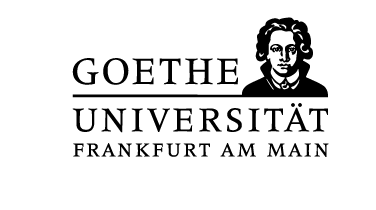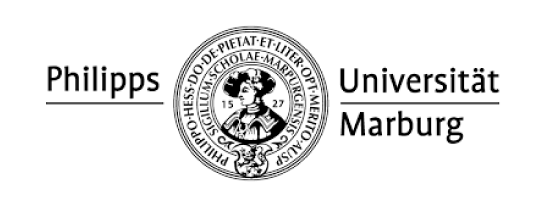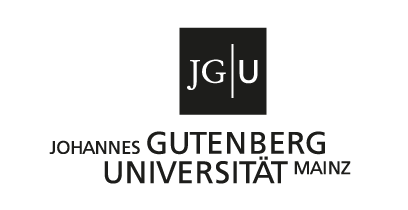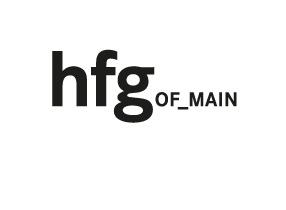Cinematographic Logistics
The term “cinematographic logistics” may seem anachronistic at first glance; it combines the concept of cinematography, which specifically refers to machines of photochemical moving image production (particularly around the turn of the 19th century), with the idea of logistics, which describes globally networked transport, storage, and delivery practices. My research project takes this anachronism as a starting point to reflect on specific questions concerning the creation and circulation of moving images. With a background in film studies and a particular interest in the history of experimental film and moving image art, the interventions in dominant forms of moving image production that take place in those realms give the perspective to reflect on the movement of images in the context of digital networking.
The project is based on the examination of a broad collection of objects: in addition to specific films that stage a view of logistical processes, it also includes a series of practices of (logistically influenced) image distribution. In this way, cinematographic logistics is understood as a historically situated category that influences contemporary tendencies the movement of images. Whether based on logistical maxims such as flow or circulation, or on specific processes involved in the transport and storage of celluloid film during projection, thinking about cinematographic logistics means examining the structures that give form to moving images.
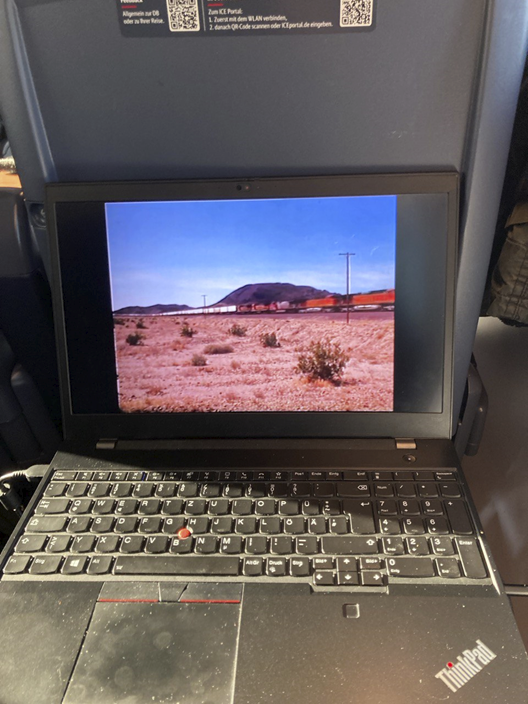
Profile
Since 2023 Jakob Villhauer has been a research assistant in the Film Studies Department at Johannes Gutenberg University Mainz, where he is working on his dissertation. In addition to his academic work, Jakob has curated film programs, is a member of the exhibition construction team at the Kunsthalle Mainz, and is a member of the Filmklasse Mainz as an independent student.
